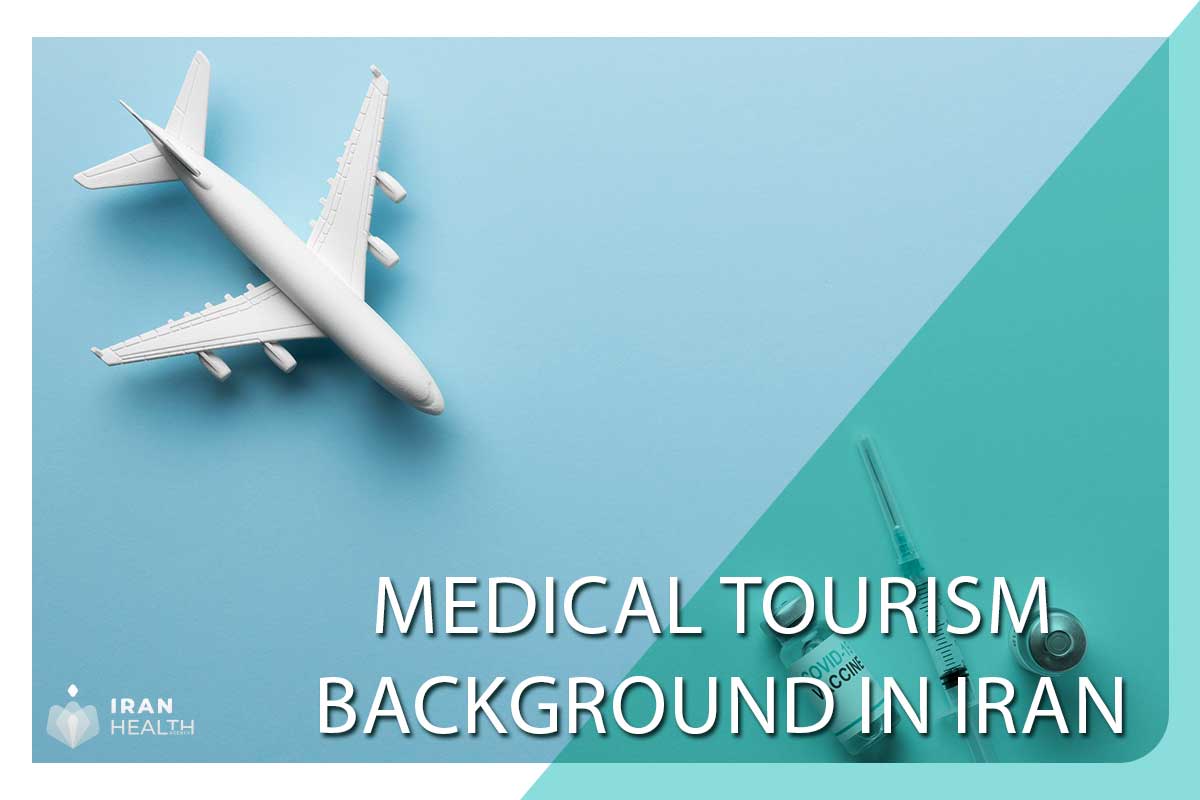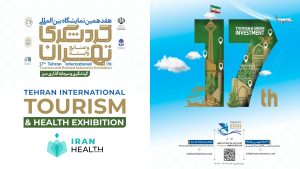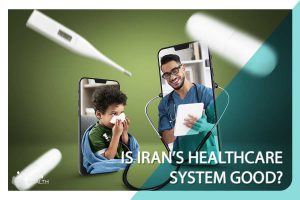According to statistics from the Iranian Ministry of Health and Medical Education, the number of foreign patients seeking treatment in Iran has increased steadily, rising from approximately 200,000 in 2017 to over 300,000 in 2021. This upward trend stems from Iran’s highly trained medical professionals, advanced healthcare facilities in major cities like Tehran, Mashhad, and Isfahan, and relatively low treatment costs compared to many developed nations.
- Number of Medical Tourists: Statistics vary depending on the source and timeframe. Here’s a range:
- 300,000+: Reported by Iran’s Medical Tourism Department for the 2017-2018 Iranian calendar year.
(source:https://www.ncbi.nlm.nih.gov/)
- 500,000-550,000: Estimated number of visitors from neighboring countries for medical purposes in 2018-2019 (source: [financialtribune.com])
- 1 million: Estimated annual medical tourists according to Iran’s Ministry of Health and Medical Education (source: [LinkedIn linkedin.com])
- Growth: The number of medical tourists has seen a significant increase. Reports suggest a 15-fold rise in the past decade (source)
- Target market: Medical tourists primarily come from neighboring countries such as Iraq, Qatar, Turkmenistan, Bahrain, Kuwait, Afghanistan, Azerbaijani, Tajikistan, Saudi Arabia, Oman, and Pakistan.(Source: Medicaltourismbusiness )
- Revenue: Medical tourism generates an estimated $1.2 billion annually for Iran (source:
- Future Outlook: Iran aims to attract even more medical tourists, with projections reaching 2 million by 2026 (source).
Challenges of Medical Tourism in Iran
According to the National Libraries of Medicine, Despite its growing prominence, Iran’s medical tourism industry faces challenges, including the impact of international sanctions that have limited access to advanced medical technologies and supplies, as well as concerns over political instability and human rights issues that may deter some foreign patients. Addressing these challenges through policy reforms, infrastructural improvements, and international collaborations could further enhance Iran’s position as a competitive player in the global medical tourism market. Some of the most important challenges are mentioned below:
- Negative Image: Iran’s political landscape and portrayal in Western media often create a negative perception of the country’s safety and healthcare quality. This perception can deter potential patients from considering Iran for medical tourism, despite the presence of qualified medical professionals and well-equipped facilities.
- Limited Resources for Image Improvement: Insufficient resources are dedicated to addressing this negative image and effectively promoting Iran’s medical tourism potential on a global scale. Countering negative perceptions and effectively communicating the country’s strengths in medical tourism requires a strategic and well-funded approach.
- Uncoordinated Efforts: A lack of coordinated efforts and strategic planning among various stakeholders involved in medical tourism, including government agencies, healthcare providers, and the private sector, can hinder the industry’s growth. Effective collaboration and a unified approach are crucial for establishing Iran as a competitive medical tourism destination.
- Ineffective Marketing: Inadequate marketing strategies and a lack of awareness about Iran’s medical tourism offerings among potential patients, particularly in target markets, can significantly limit the industry’s reach. Implementing targeted and effective marketing campaigns is essential to attract patients from overseas.
- International Considerations: International sanctions and political tensions can pose challenges for patients seeking medical treatment in Iran. Addressing these issues and ensuring smooth travel and healthcare experiences for medical tourists is crucial.
- Cultural Differences: Cultural differences between Iran and other countries can pose challenges for both patients and medical providers. Implementing measures to bridge cultural gaps and foster intercultural understanding can enhance the patient experience and improve the overall quality of care.
- Language Barriers: Limited English language proficiency among some healthcare professionals can hinder communication and potentially compromise patient care. Encouraging language training and promoting cultural sensitivity among medical staff can address this challenge and ensure effective communication with international patients.
Iran’s Medical Tourism Future:
The Iranian government has recognized the potential of medical tourism as a significant revenue stream and has implemented strategies to promote and develop this sector. These efforts include streamlining visa processes for medical travelers, establishing dedicated medical tourism facilitation centers, and actively marketing Iran’s healthcare services through international exhibitions and partnerships.
Future of Medical Tourism in Iran: International Overview and Global Opinion
International Overview:
- Growth Potential: Reports suggest consistent growth in medical tourism to Iran, with estimates ranging from 15% to 20% annually (https://www.ncbi.nlm.nih.gov/]).
- Focus on Regional Markets: The industry primarily targets patients from neighboring countries with cultural and geographical proximity, like Iraq, Afghanistan, Azerbaijan, and Pakistan (https://www.ncbi.nlm.nih.gov/).
- Government Support: The Iranian government recognizes the potential of medical tourism and aims to attract 2 million medical tourists by 2026, investing in infrastructure and promoting the industry.
Global Opinion:
Varying Perspectives: International perceptions of Iran as a medical tourism destination are mixed. Some sources acknowledge Iran’s potential strengths, citing its skilled medical professionals, relatively affordable treatment costs, and specialized expertise in certain medical fields, such as rhinoplasty and ophthalmology.(https://www.ncbi.nlm.nih.gov, YouTube: https://m.youtube.com/).
Challenges Acknowledged: Conversely, other perspectives highlight challenges faced by Iran’s medical tourism industry. These include the country’s negative image in certain regions, limited international marketing efforts, as well as concerns regarding cultural differences, patient safety, and the overall healthcare infrastructure. (https://www.ncbi.nlm.nih.gov/).


